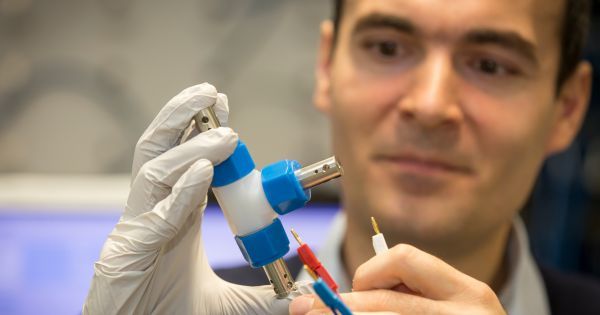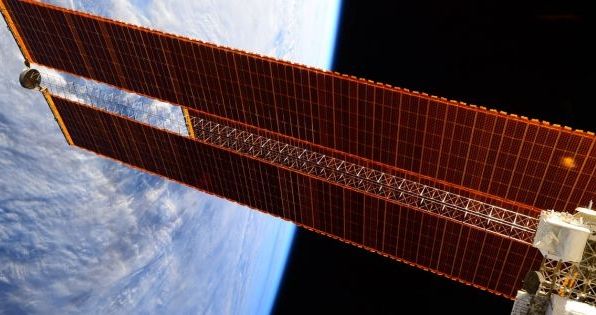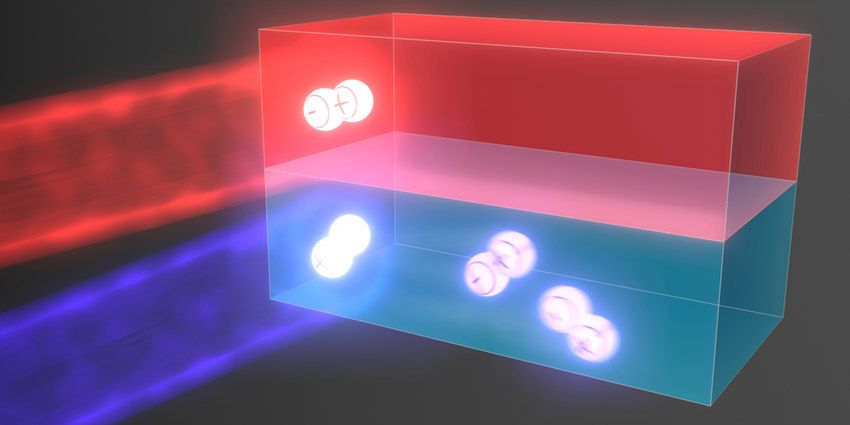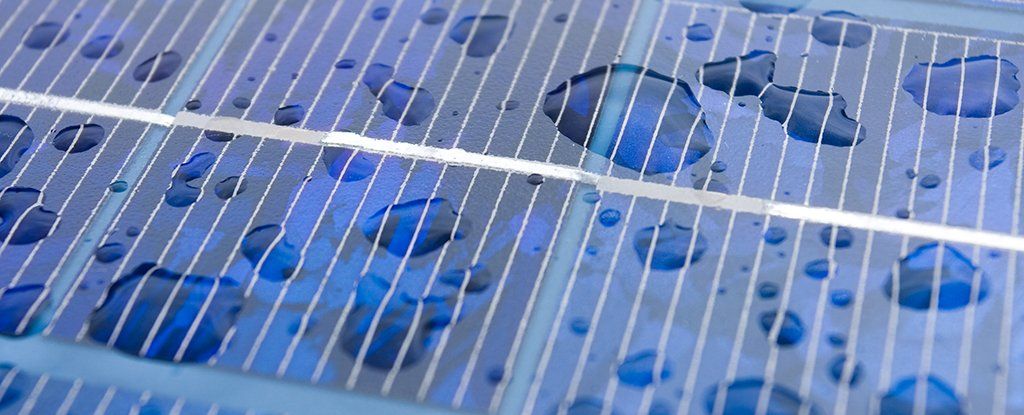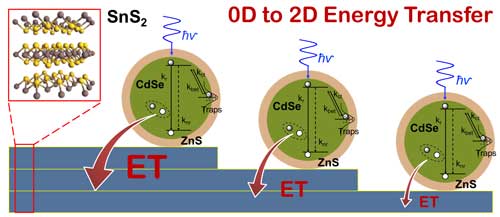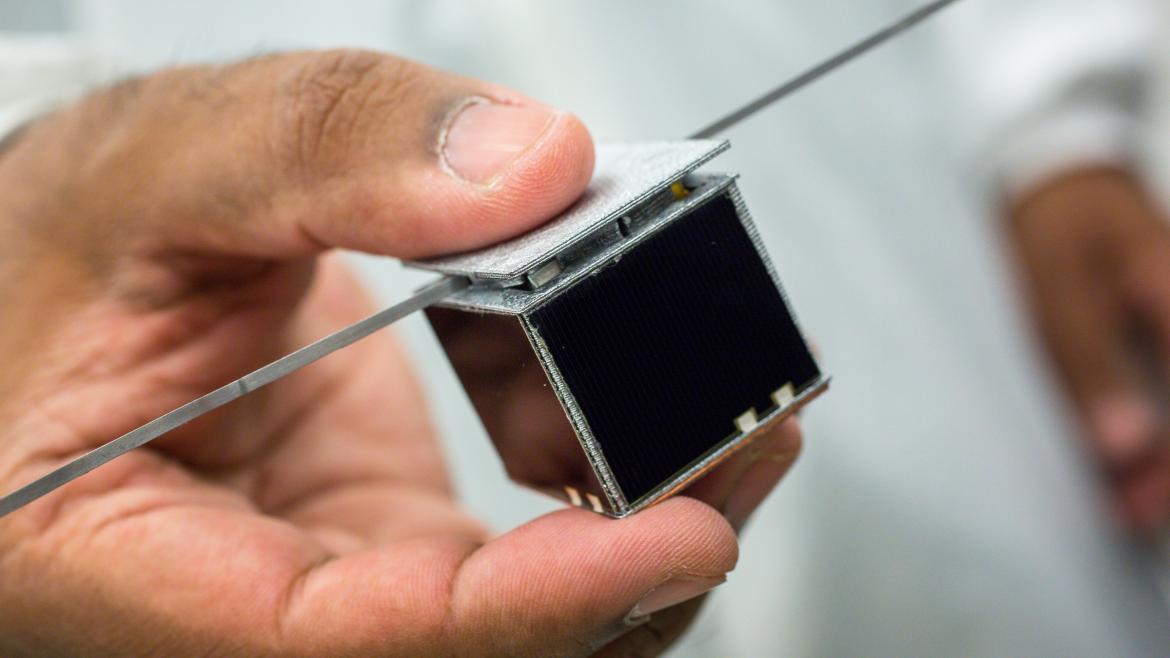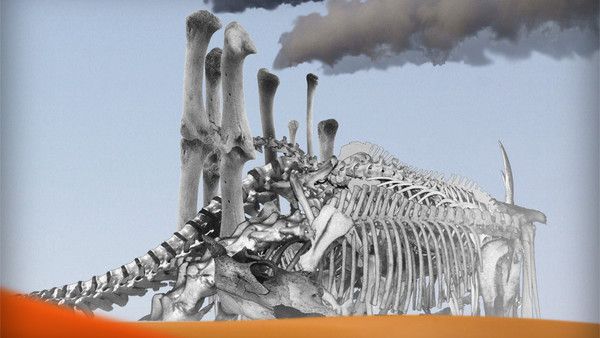SolaBat is developing a hybrid device that utilizes both solar cells and more traditional electrochemical energy storage systems.
Last month, the Austrian Research Promotion Agency (FFG) announced a groundbreaking new project called SolaBat. Spearheaded by a group of researchers at the Graz University of Technology (TU Graz) led by Illie Hanzu, it aims to combine photovoltaic cells and electrochemical energy storage systems into a single hybrid device. Fundamentally, SolaBat plans to create a more simplified system of converting and storing solar power.
“Currently, single systems of photovoltaic cells which are connected together – mostly lead-based batteries and vast amounts of cable – are in use. Solar panels on the roof with a battery in the cellar. This takes up a lot of space, needs frequent maintenance and is not optimally efficient,” says Hanzu. “We want to make a battery and solar cell hybrid out of two single systems which is not only able to convert electrical energy but also store it.”
